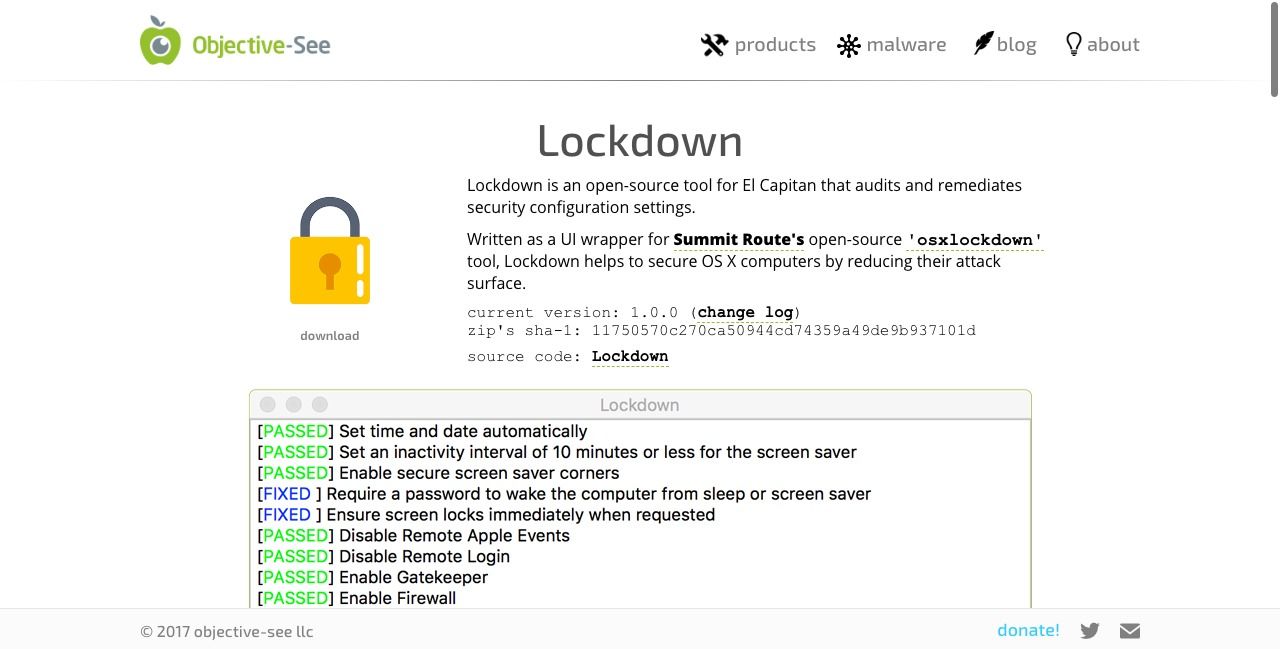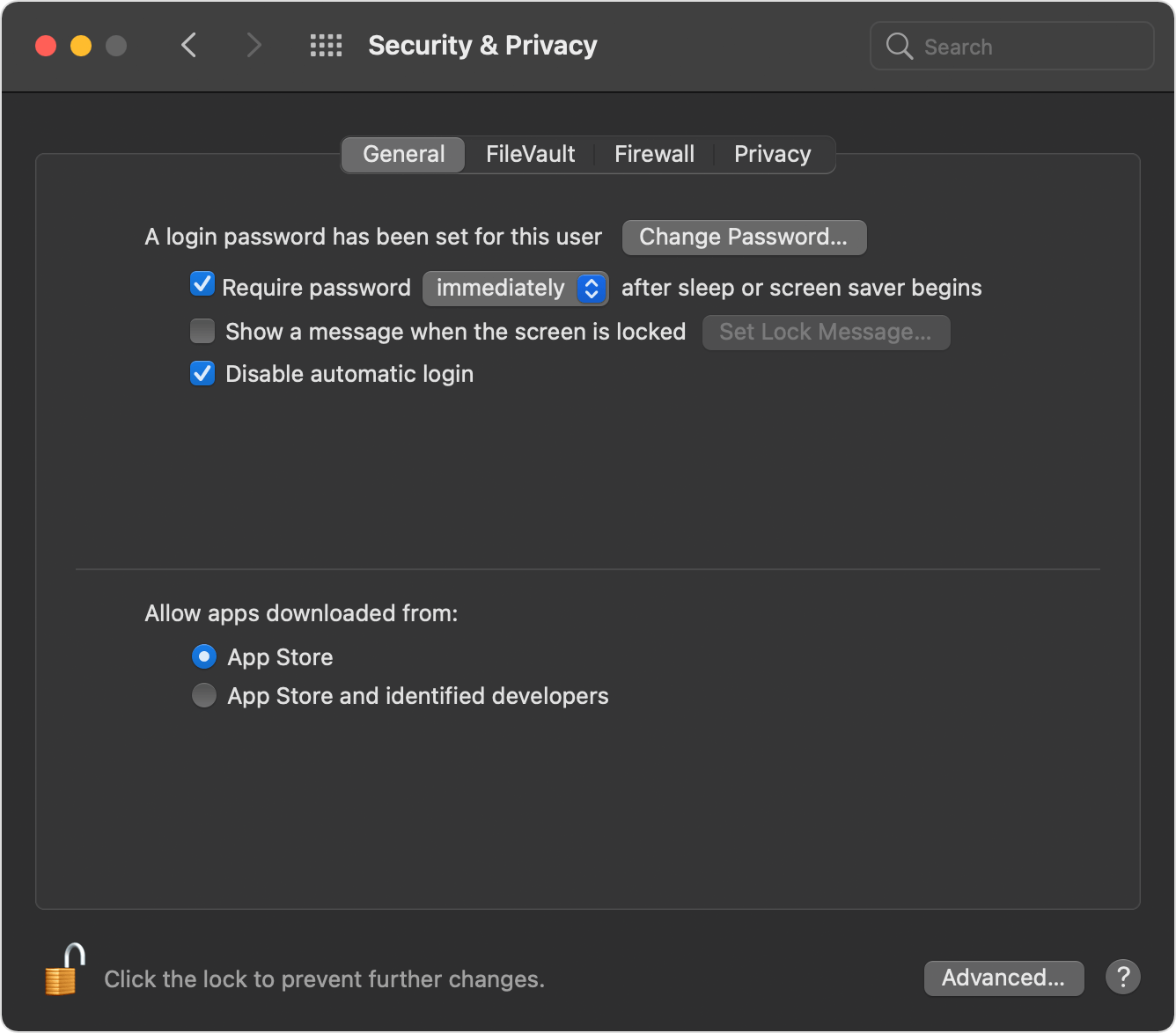

There are many types of router brands on the market, and the admin panels are quite different. Of course, you need to remember that IPv6 is still enabled on your Mac, and if you connect to the Internet using another Wi-Fi network, you are still exposed to IP leaks. The Terminal app when you type in the command to disable IPv6 over Wi-Fi:Īlternative solution: disable IPv6 on your routerĪn option that you may consider if you want to disable IPv6 on all your devices at once is to turn it off from your router. Networksetup -setv6automatic Wi-Fi & networksetup -setv6automatic Ethernet To re-enable IPv6, you need to replace setv6off to setv6automatic (the default state in macOS), for example:.Networksetup -setv6off Ethernet & networksetup -setv6off Wi-Fi You may combine both of commands to disable IPv6 on WiFi and Ethernet at the same time:.If your active network is WiFi enter the following command:.In this case, you need to run a command through the Terminal app:

You may not have the turn off IPv6 option available. To restore IPv6, follow the steps described above and select Automatically in the Configure IPv6 drop-down. You may double-check by loading the website. Restart your Mac to make sure the IPv6 is disabled.Select the Configure IPv6 drop-down menu and set it to Off. In case the Off option is not available, then proceed with the command line alternative described below.However, if you are connected via a LAN cable, the corresponding adapter will be Ethernet. Note: If you are connected to the internet wirelessly, the active adapter will be Wi-Fi. Select the network that you are already using.Click on the Apple icon in the top left corner of your screen.The simplest method to disable IPv6 on macOS (Catalina, Mojave, High Sierra, Sierra, and below) is to turn off IPv6 from the Network settings (if the option is available): However, in case the turn off the option is not accessible for your active network, then you need to roll up your sleeves and run some commands in your Terminal.
#How to disable mac os firewall how to#
How to disable IPv6 on Mac?ĭisabling IPv6 on a Mac computer is not difficult. If you see the IPv6 address, then you may proceed with the steps described below. It is safer to have IPv6 turned off while using unsecured hotspots. However, you may still proceed if you regularly connect to public WiFi networks. In case you don’t see an IPv6 address, then you may not need to disable it. It is important to load IPleak while you are not connected to a VPN. To check your IPv6 settings, you may visit an IP address locator website like. Whether you have IPv6 capability depends on your ISP and the device you are using. Important! As IPv4 is still the primary Internet Protocol in use, you can turn off IPv6 without any negative consequences to your browsing activities.
#How to disable mac os firewall manual#
Disabling IPv6 at the system level guarantees no leaks are possible.įor your own safety, we recommend that you disable the IPv6 any time you set up a manual VPN connection on your Mac, no matter the chosen VPN protocol ( IKEv2, L2TP over IPSec, OpenVPN). Top VPN providers offer IPv6 leak protection implemented in their applications, but it is safer to disable IPv6 from your machine. The problem is that, if your network supports IPv6 and the VPN server you are connected to works over IPv4, then your IPv6 traffic may leak. Consequently, most VPN services do not support IPv6 VPN tunnels. Thus, many Internet services (data centers, Internet Service Providers) still use IPv4 and do not assign public IPv6 addresses. However, the complete transition to IPv6 addresses is far from complete. This was necessary as the available IPv4 addresses were running out. The Internet Protocol Version 6 ( IPv6) was designed to replace IPv4 to allow more unique IP address identifiers to be created.


 0 kommentar(er)
0 kommentar(er)
